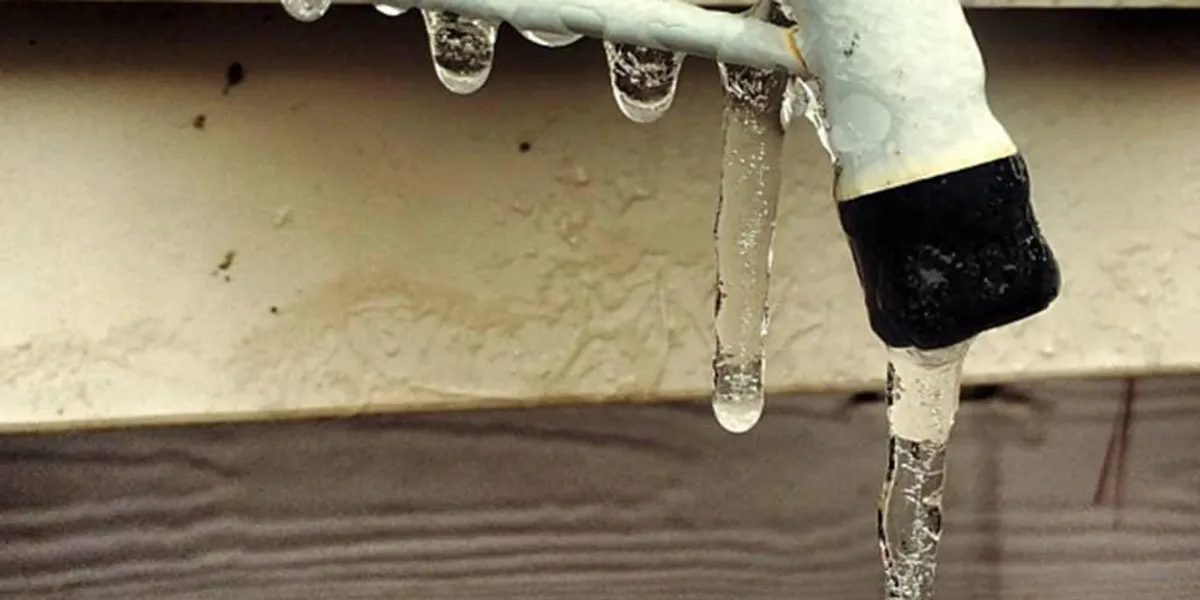Here below you can get additional amazing news all about Preventing and dealing with frozen pipes.

Winter can ruin your plumbing, particularly by freezing pipelines. Right here's just how to stop it from happening and what to do if it does.
Introduction
As temperature levels drop, the threat of icy pipes boosts, possibly resulting in pricey repair services and water damages. Understanding how to prevent frozen pipes is critical for homeowners in chilly climates.
Comprehending Frozen Pipelines
What triggers pipes to ice up?
Pipelines ice up when revealed to temperature levels listed below 32 ° F (0 ° C) for prolonged durations. As water inside the pipes freezes, it increases, putting pressure on the pipe wall surfaces and possibly triggering them to break.
Threats and problems
Icy pipelines can bring about water supply interruptions, property damage, and pricey fixings. Ruptured pipes can flooding homes and create comprehensive architectural damage.
Indications of Frozen Piping
Identifying frozen pipes early can avoid them from breaking.
How to identify frozen pipes
Look for decreased water circulation from taps, unusual odors or noises from pipelines, and noticeable frost on revealed pipelines.
Prevention Tips
Protecting susceptible pipes
Cover pipes in insulation sleeves or use warm tape to safeguard them from freezing temperatures. Concentrate on pipes in unheated or exterior areas of the home.
Heating techniques
Keep interior rooms appropriately warmed, especially areas with plumbing. Open cabinet doors to permit warm air to flow around pipes under sinks.
Safeguarding Outdoor Pipes
Yard hoses and exterior taps
Disconnect and drain yard hoses before wintertime. Mount frost-proof faucets or cover exterior taps with shielded caps.
What to Do If Your Pipelines Freeze
Immediate actions to take
If you suspect frozen pipelines, maintain taps open up to soothe stress as the ice thaws. Utilize a hairdryer or towels soaked in hot water to thaw pipes slowly.
Long-Term Solutions
Architectural modifications
Take into consideration rerouting pipelines away from exterior walls or unheated locations. Add additional insulation to attics, cellars, and crawl spaces.
Upgrading insulation
Purchase top notch insulation for pipes, attic rooms, and wall surfaces. Appropriate insulation aids preserve constant temperature levels and lowers the danger of frozen pipelines.
Final thought
Avoiding frozen pipes calls for aggressive procedures and fast actions. By recognizing the reasons, signs, and safety nets, house owners can shield their pipes during cold weather.
5 Ways to Prevent Frozen Pipes
Drain Outdoor Faucets and Disconnect Hoses
First, close the shut-off valve that controls the flow of water in the pipe to your outdoor faucet. Then, head outside to disconnect and drain your hose and open the outdoor faucet to allow the water to completely drain out of the line. Turn off the faucet when done. Finally, head back to the shut-off valve and drain the remaining water inside the pipe into a bucket or container. Additionally, if you have a home irrigation system, you should consider hiring an expert to clear the system of water each year.
Insulate Pipes
One of the best and most cost-effective methods for preventing frozen water pipes is to wrap your pipes with insulation. This is especially important for areas in your home that aren’t exposed to heat, such as an attic. We suggest using foam sleeves, which can typically be found at your local hardware store.
Keep Heat Running at 65
Your pipes are located inside your walls, and the temperature there is much colder than the rest of the house. To prevent your pipes from freezing, The Insurance Information Institute suggests that you keep your home heated to at least 65 degrees, even when traveling. You may want to invest in smart devices that can keep an eye on the temperature in your home while you’re away.
Leave Water Dripping
Moving water — even a small trickle — can prevent ice from forming inside your pipes. When freezing temps are imminent, start a drip of water from all faucets that serve exposed pipes. Leaving a few faucets running will also help relieve pressure inside the pipes and help prevent a rupture if the water inside freezes.
Open Cupboard Doors
Warm your kitchen and bathroom pipes by opening cupboards and vanities. You should also leave your interior doors ajar to help warm air circulate evenly throughout your home.

I ran across that entry about How To Avoid Freezing Pipes while surfing the search engines. Those who enjoyed our post plz do not forget to share it. Thanks a lot for being here. Come back soon.
Click Here